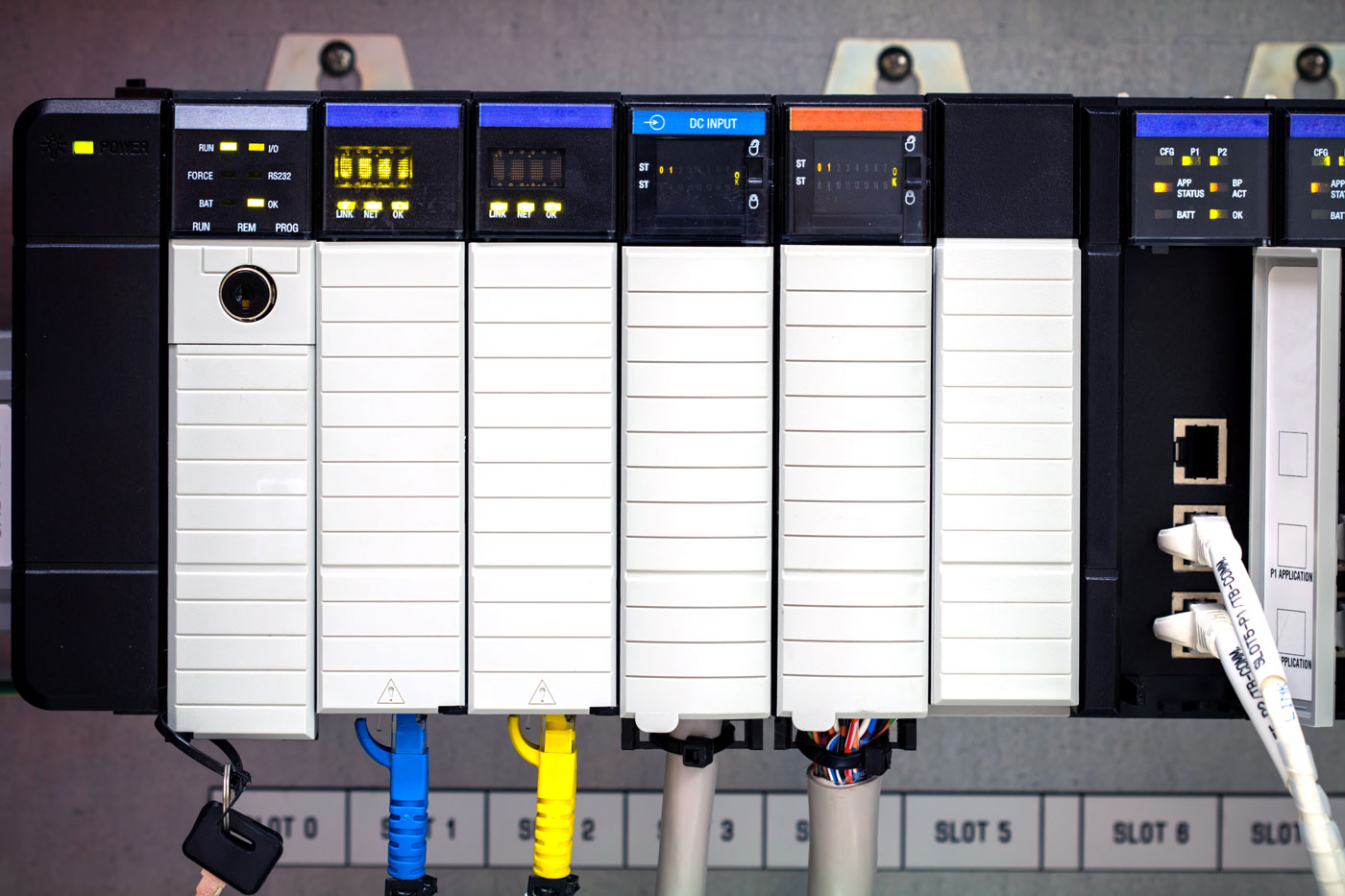Explain To Me: MODBUS Best Practices
The Modbus protocol is commonly used in SCADA systems, and its simplicity and lack of built-in security features can make it vulnerable to cyberattacks. Here are some general security recommendations for SCADA systems using the Modbus protocol:
- Use encryption: Since Modbus does not natively support encryption, implement encryption mechanisms, such as Virtual Private Networks (VPNs) or Transport Layer Security (TLS), to secure communication channels between devices.
- Implement access control: Enforce proper access control, authentication, and authorization mechanisms to restrict unauthorized access to the SCADA system.
- Network segmentation: Separate the SCADA network from other networks and segment it into different zones to limit the potential impact of a security breach.
- Monitor and log network activity: Implement continuous monitoring and logging of network activities to detect and respond to potential threats in real-time.
- Apply security patches: Keep all hardware and software components up-to-date with the latest security patches to minimize vulnerabilities.
- Use secure protocols: When possible, use secure versions of the Modbus protocol, such as Modbus/TCP with TLS, to enhance communication security.
- Train employees: Educate employees about cybersecurity risks and best practices to reduce the likelihood of human errors or insider threats.
- Perform security audits and assessments: Regularly conduct security audits and risk assessments to identify and address vulnerabilities in the SCADA system.
By following these recommendations and adopting a proactive approach to security, you can significantly reduce the risk of compromise for your SCADA system using the Modbus protocol.
Modbus protocol does not natively support encryption. However, you can use external mechanisms to secure Modbus communications. Some common encryption algorithms and techniques that can be used to secure Modbus communication include:
Transport Layer Security (TLS): TLS is a widely used encryption protocol for securing communications over a network. When using Modbus/TCP, you can implement TLS to encrypt the communication between devices. This is sometimes referred to as Modbus/TCP Secure or Modbus/TCP over TLS.
Virtual Private Networks (VPNs): VPNs create an encrypted tunnel for network communications, protecting the transmitted data from interception and tampering. By setting up a VPN between Modbus devices, you can secure the communication channels even when using the standard Modbus protocol.
IPsec: Internet Protocol Security (IPsec) is a suite of protocols for securing Internet Protocol (IP) communications by encrypting and authenticating each IP packet. You can use IPsec to secure Modbus communications at the network layer, providing encryption and authentication between devices.
When choosing an encryption algorithm for Modbus communications, consider factors such as:
- Security: Choose an encryption algorithm with a strong security track record and no known vulnerabilities. For example, AES (Advanced Encryption Standard) with a key size of 128, 192, or 256 bits is considered secure and widely used in TLS and VPN implementations.
- Performance: Consider the computational power of your devices and the impact of the chosen encryption algorithm on their performance. Some encryption algorithms can be more resource-intensive than others, potentially affecting system performance or response times.
- Interoperability: Ensure that all devices and components within your SCADA system support the chosen encryption method or protocol, and that they can properly interoperate.
- Compliance: Verify whether there are specific encryption requirements or standards you need to follow due to regulatory or industry-specific guidelines.
By carefully selecting and implementing an encryption method that fits your requirements, you can enhance the security of your Modbus communications and protect your SCADA system from potential threats.

